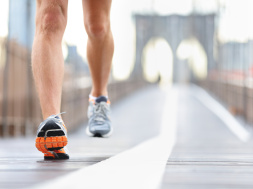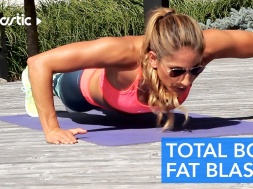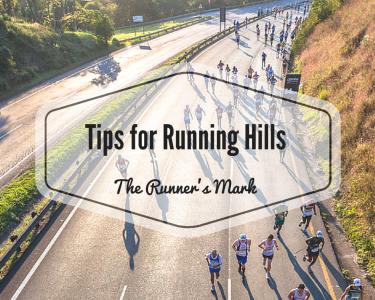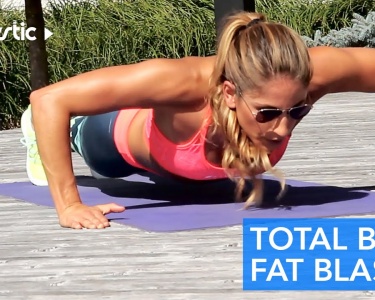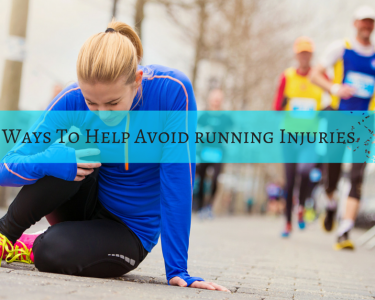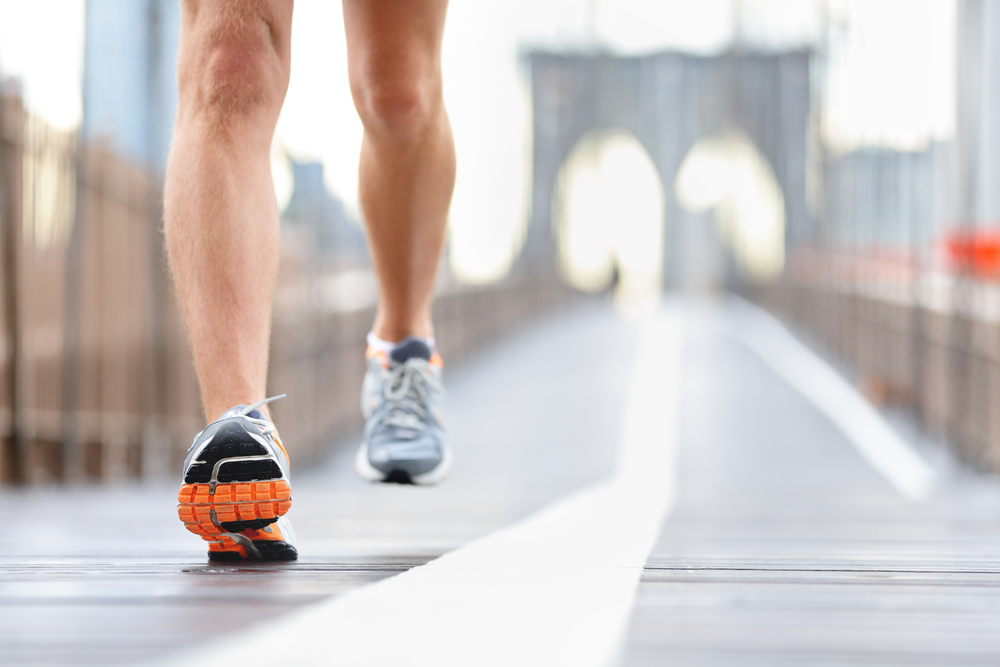
Cadence Tips
Cadence is a critical part of running, lowering the stress on your ankles and knees, and reducing injuries. Improving cadence is not difficult, but it does involve specific training and you need to give yourself time to see improvement. (At least six to eight weeks for your body to adapt.)
“Typically the slower your cadence, the more susceptible you are to injury because of the slow, heavy force and impact that happens with each foot fall,” explains William Gates, founder of IronWill Running, a coaching service based in Lexington, Kentucky. What’s more, when you’re running slower, you’re more likely to overextend your leg out in front of your body, which means it is absorbing a whole lot of force with each step. (Source: Active)
How do I increase my cadence gradually?
- Using the counting your steps method described above, determine your current cadence for a speed you would use for a 5km+ race. Let’s imagine it is 160spm. Adding the 5% increase (10% could well be too much of a jump), your new target is 168spm.
- Start by adding short distances into your runs in which you try to maintain your new target. This can be done through use of a metronome. Be careful as many of these gadgets still regard 180spm as the “magic” number and will only provide beats of 180spm+. Sites like JogTunes can be used to find music with beats per minute (bpm) to match your desired spm.
- Practicing your new stride rate on a treadmill can sometimes be handy as you can set the speed to stay the same.
Like this post? Share it with a friend!
Source: Runners Connect
